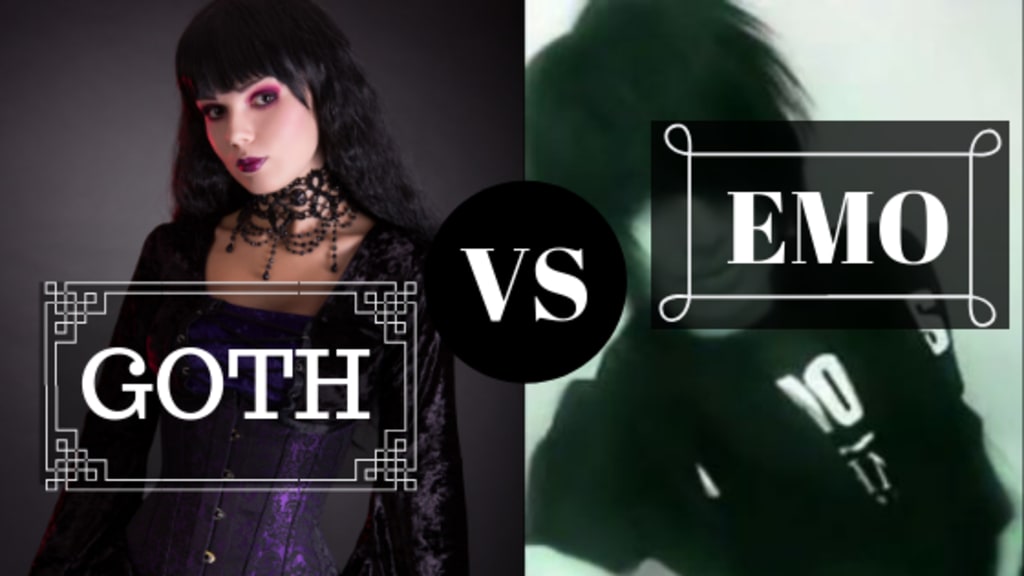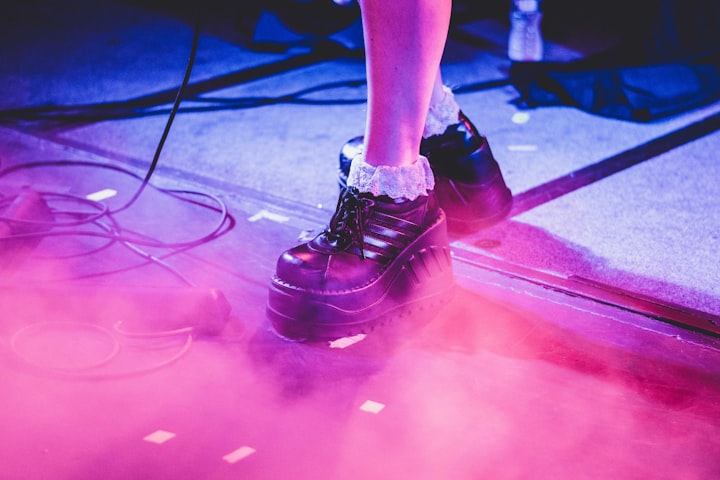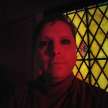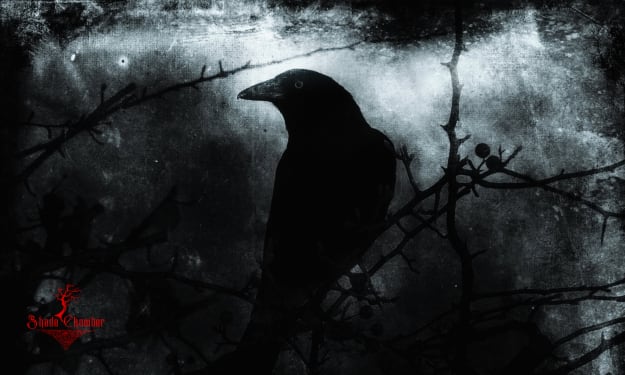
Through the eyes of the mundane, it is easy to see why there may be some confusion around the Emo and Goth cultures. When examining the difference between the two, many people give answers that are not correct or only focus on fashion. However, there is more to the goth and emo cultures than what meets the eye.
GOTH HISTORY
The term “Gothic Rock” was first coined by music critic John Stickney in 1967 after describing the American band The Doors as “Gothic Rock”, Later, The Velvet Underground and David Bowie’s Diamond Dogs were described as “Gothic” (which is not the same as being “Goth”)
Goth Rock was born out of the post-punk scene of the late 70s and early 80s with bands like Siouxsie and the Banshee, The Cure, and The Smiths. Bela Lugosi’s Dead in retrospective is the song that defined the goth music genre. Bauhaus indicated that the song was supposed to be tongue-in-cheek, but they sang it with naive seriousness causing the audience to understand it differently.
EMO HISTORY
Emo originally stood for “emotive hardcore punk”, and was a reaction to the heightened violence in the Washington D.C. Hardcore punk scene. The term was later shortened to “emo-core” and then eventually “emo”. A Minor Threat fan by the name of Guy Picciotto formed Rites of Spring, said to be the first emo band, in an effort to turn the focus back to the music after the scene had become so violent. Later, Minor Threat member Ian MacKaye became a fan of the band and formed his own band Embrace. Ian later started the music label Dischord, which still runs strong today. The label is home to many local D. C. bands.
MUSICAL DIFFERENCES
- Goth Rock characteristics include a prominent, lead bassline, flanging guitar, tribal, 4/4 post-punk drum beat or drum machine; baritone or high pitched vocals, introspective and romantic lyrical themes; synthesizer keyboards in minor keys and reverb.
- Emo characteristics include complex guitar work, unorthodox song structures, arty noise, extreme dynamic shifts, and lyrical subjects of emotional and often personal, dealing with topics such as failed romance or carrying on through hard times.

SUBGENRES
Just like many other types of genres Goth and Emo have had their offshoots. Let us take a look at a few of them.
GOTH
- Deathrock –is a spooky and atmospheric subgenre of punk rock that consists of glam rock imagery, punk-inflected sound and attitude, shock rock theatrics, and b-movie inspirations. Notable bands are Christian Death, 45 Grave, and Kommunity FK.
- Darkwave -a subgenre of Goth Rock that formed in the 80s. It combines elements of synthpop and new wave, incorporating dark, introspective lyrics and an undertone of sorrow. However, the term, originally starting out as a post-punk style, eventually becoming its own genre as bands started to make greater use of synthesizers and drum machines. Notable bands include Clan of Xymox, Black Tape For a Blue Girl, and Dead Can Dance.
- Coldwave — a subgenre of Darkwave becoming popular in France and Belgium in the 90s. Notable bands include; Charles De Goal, Memorial Voice, and Keluar
- Additional Goth genres include Gothabilly and Ethereal Wave.
EMO
- EMO — The 90s saw a regeneration of emo. Instead, however, the typical hardcore punk sound, the approach was more melodic and mixed with indie rock. This style was either known by the name Midwest emo or post-emo indie rock. Notable bands include Sunny Day Real Estate, Jawbreaker, and American Football.
- SCREAMO — Contrary to popular belief, Screamo is a genre that originated out of San Diego, California in the early 90s with an aggressive vocal style with lyrical themes of emotional pain, politics, human rights, and romantic interests. Later the term ‘skramz’ which wasn’t intended to be serious, was used to distinguish the first/second wave of bands. Notable bands include Heroin and Antioch Arrow.
- EMO POP PUNK — A fusion genre of emo and pop-punk, pioneered by the Midwest emo bands. This is the Emo most think of today, with choppy hair and eyeliner. Notable bands include; The Get Up Kids, Jimmy Eat World, The Promise Ring, My Chemical Romance, Paramore and Fall Out Boy’s.
MISINFORMATION
Both Goth and Emo of been plagued with misinformation from mainstream media who have lead people to believe members of both subcultures listen to metal. Here are some common mislabel genres mistaken for “emo” or “Goth”.
- GOTH: witch house, symphonic metal, black metal, nu-metal, Gothic metal, EBM, futurepop, modern hard rock, modern heavy metal, industrial, aggrotech, shock rock, dark ambient.
- EMO: metalcore, deathcore, alternative rock, emo pop, hip hop/R&B, new post-hardcore, pop-rock.
FASHION
Gothic fashion can be attached to many types of genres of music. Once again Gothic is not the same as Goth. Gothic is the dark spooky aesthetics were as Goth refers to Goth Rockers. This means sense neither Emo nor Goth is based on fashion you only have to listen to the music. However, this being said Gothic fashion styles most Goths (and some Emos) love include; Gothic Victorian, Trad Goth, Gothic Lolita, Nu Goth, Cybergoth, Gothic Romantic.
CONCLUSION
Although Goth and Emo music have had similar origins. As we have discovered they have evolved into different types of musical sounds and with that two different subcultures.
About the Creator
Enjoyed the story? Support the Creator.
Subscribe for free to receive all their stories in your feed. You could also pledge your support or give them a one-off tip, letting them know you appreciate their work.






Comments
There are no comments for this story
Be the first to respond and start the conversation.